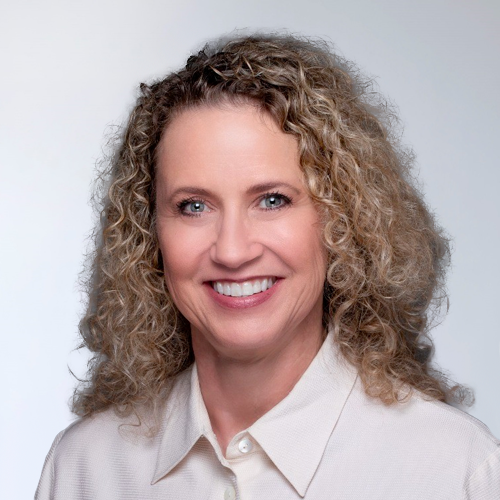How WISPs Can Challenge Big Providers To Win in Competitive Markets

Fixed-wireless access (FWA), the ability to provide residential broadband via a wireless connection, has exploded in popularity, particularly in mature markets such as the United States.
On a global basis, there were an estimated 100 million FWA connections worldwide at the end of 2022, a figure forecast to triple in size by the end of 2028. FWA is more prominent in North America than any other global region. Almost all wireless-based service providers in the region now offer some form of FWA, with 70 percent offering services over 5G.
It’s no coincidence that this surge has correlated with the rollout of 5G. For many wireless carriers, struggling to justify their huge investments in 5G licenses and networks, FWA has emerged as one of the few genuine 5G use cases. It also explains why growth in FWA is being driven by large national carriers such as T-Mobile and Verizon.
Both launched their 5G-based FWA services in 2021—at the height of the COVID lockdowns when demand for data rocketed—and both have enjoyed significant growth since. T-Mobile hit 4.2 million FWA subscribers in Q3 2023, followed by Verizon with 2.7 million. AT&T, playing catch-up, launched its own FWA service (“Internet Air”) in August to keep pace. Analysts calculate that subscribers for services such as these have accounted for as much as 80 percent of broadband subscriber growth in recent years.
Fresh Competition for the WISPs
Wireless internet service providers (WISPs) were early proponents of the FWA model. Their approach was based on deploying FWA in rural areas underserved by wireless and conventional fixed broadband—and it fueled an era of growth. It helped that most WISPs are smaller companies, established in their local communities with strong reputations based on network quality and reliability.
But they are now facing fierce competition from much larger rivals with much greater spectrum assets and marketing budgets. To date, FWA subscriber growth at T-Mobile and Verizon has focused mainly on urban and suburban areas. According to a Wells Fargo report, about 65-70 percent of their subscribers are coming from urban/suburban footprints with the remainder coming from rural or smaller markets. But the report notes that the next leg of FWA growth will focus on covering the 40 percent of the rural U.S. population that often only has one high-speed broadband provider (or none).
The Keys to Future Success
How can WISPs survive this encroachment into their territories? The key will be focusing on the principles that allowed them to flourish in the first place: meeting (and exceeding) the needs of rural subscribers underserved by larger players. New market entrants may be better placed to compete on speed and pricing, but these factors alone are not the only route to attracting and retaining customers.
Instead, WISPs should prioritize delivering a fast, reliable, and secure Wi-Fi experience that builds trust and loyalty with subscribers. And with managed services, like home security cameras, parental controls, and Managed Wi-Fi, WISPs can provide an exceptional experience that increases subscriber satisfaction while generating new sources of revenue.
By implementing these strategies, WISPs can differentiate themselves from the incoming competition by responding to subscriber needs, and providing a broadband experience that delivers genuine value to their local communities.
To learn more about how Wireless Internet Service Providers can build subscriber trust and loyalty through exceptional Wi-Fi experiences, download our eBook “The Way Forward for WISPs: Strategies for Winning in the Wi-Fi Market”.
Related articles




